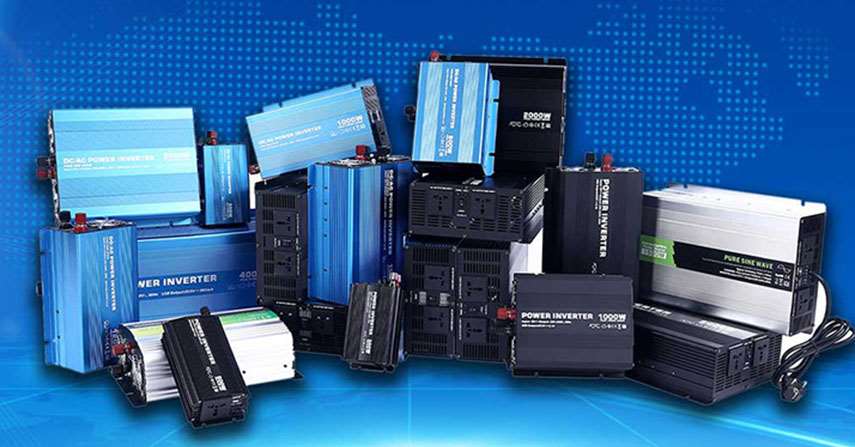What is a Solar Inverter and Why You Need It

What is a Solar Inverter and Why You Need It
A solar inverter or PV inverter, is a type of electrical converter which converts the variable direct current (DC) output of a photovoltaic (PV) solar panel into a utility frequency alternating current (AC) that can be fed into a commercial electrical grid or used by a local, off-grid electrical network. It is a critical balance of system (BOS) component in a photovoltaic system, allowing the use of ordinary AC-powered equipment. Solar power inverters have special functions adapted for use with photovoltaic arrays, including maximum power point tracking and anti-islanding protection.
Inverters play a crucial role in any solar energy system and are often considered to be the brains of a project, whether it’s a 2-kW residential system or a 5-MW utility power plant. An inverter’s basic function is to “invert” the direct current (DC) output into alternating current (AC). AC is the standard used by all commercial appliances, which is why many view inverters as the “gateway” between the photovoltaic (PV) system and the energy off-taker.
Inverter technologies have advanced significantly, such that in addition to converting DC to AC, they provide a number of other capabilities and services to ensure that the inverter can operate at an optimal performance level, such as data monitoring, advanced utility controls, applications and system design engineering. Inverter manufacturers also provide post-installation services that are integral to maintaining energy production and a high level of performance for the project, including preventative maintenance, O&M services and a quick mean time to repair (MTTR).
Depending on the solar company or the system requirements, a different type of solar inverter might be used. A microinverter has a higher upfront cost, but can save you on efficiency and provide longer-term savings. They also supply deeper and more accurate monitoring capabilities of the system's energy production performance.
A string inverter is used to save on upfront system costs, but are less efficient and therefore provide fewer savings as time goes on.
SEE HOW MUCH YOU CAN SAVE BY GOING SOLAR
CALCULATE YOUR SAVINGS
